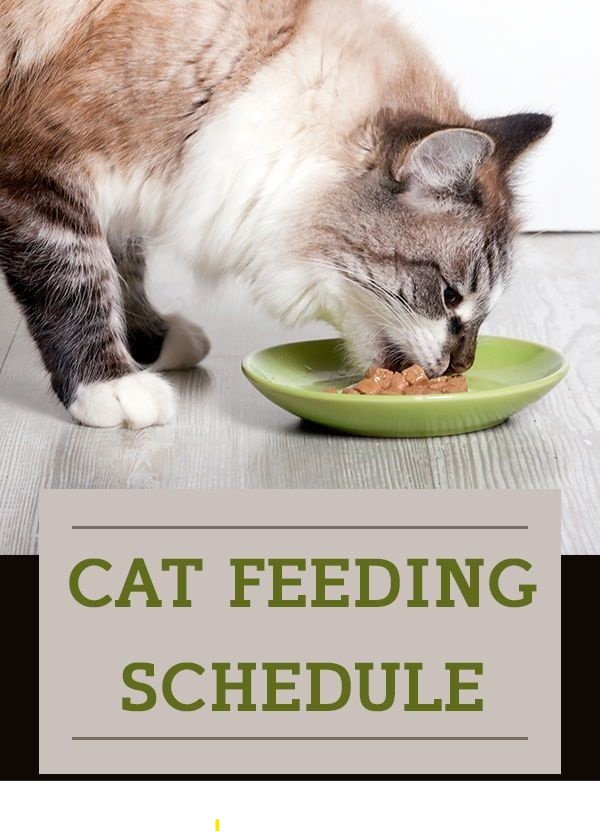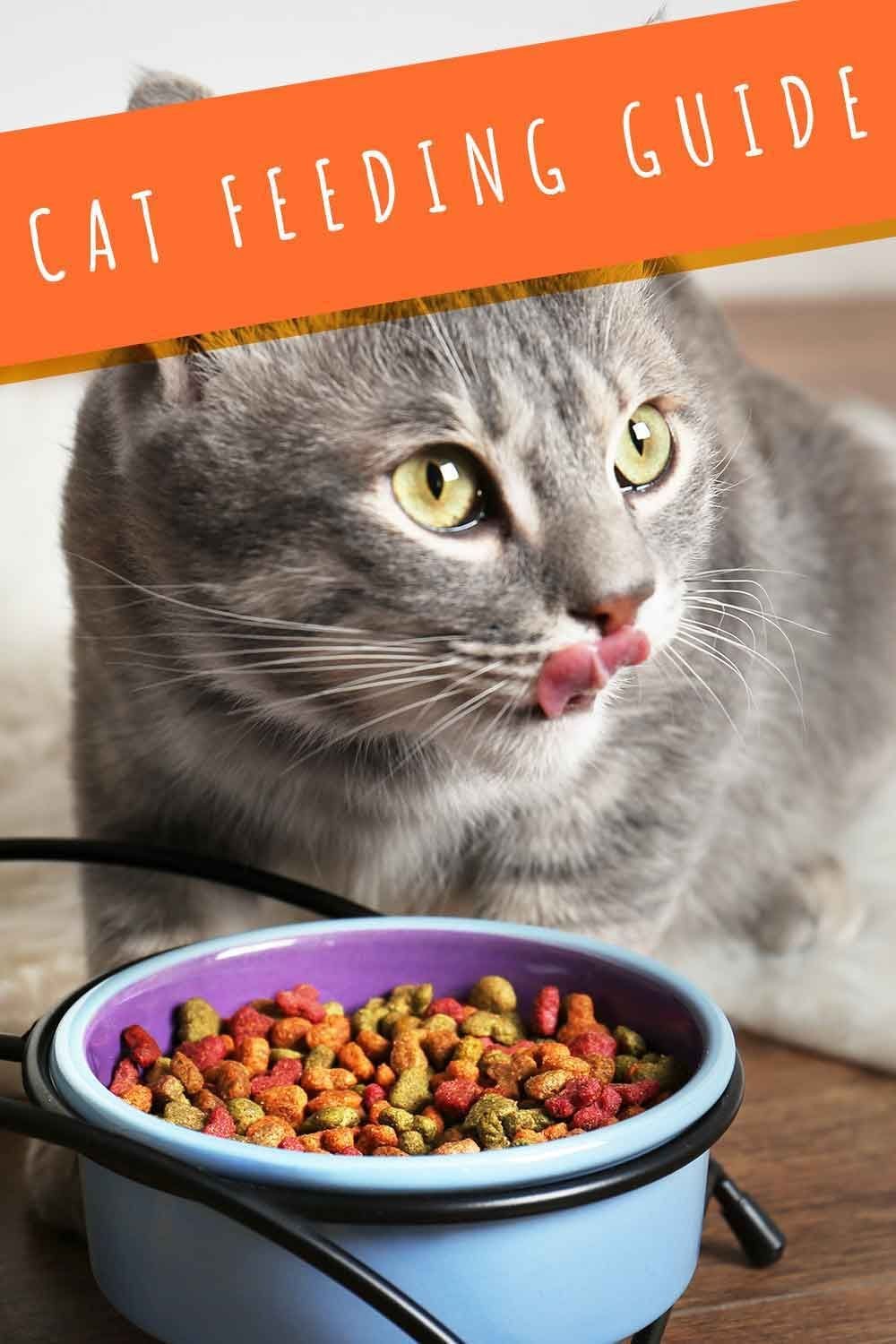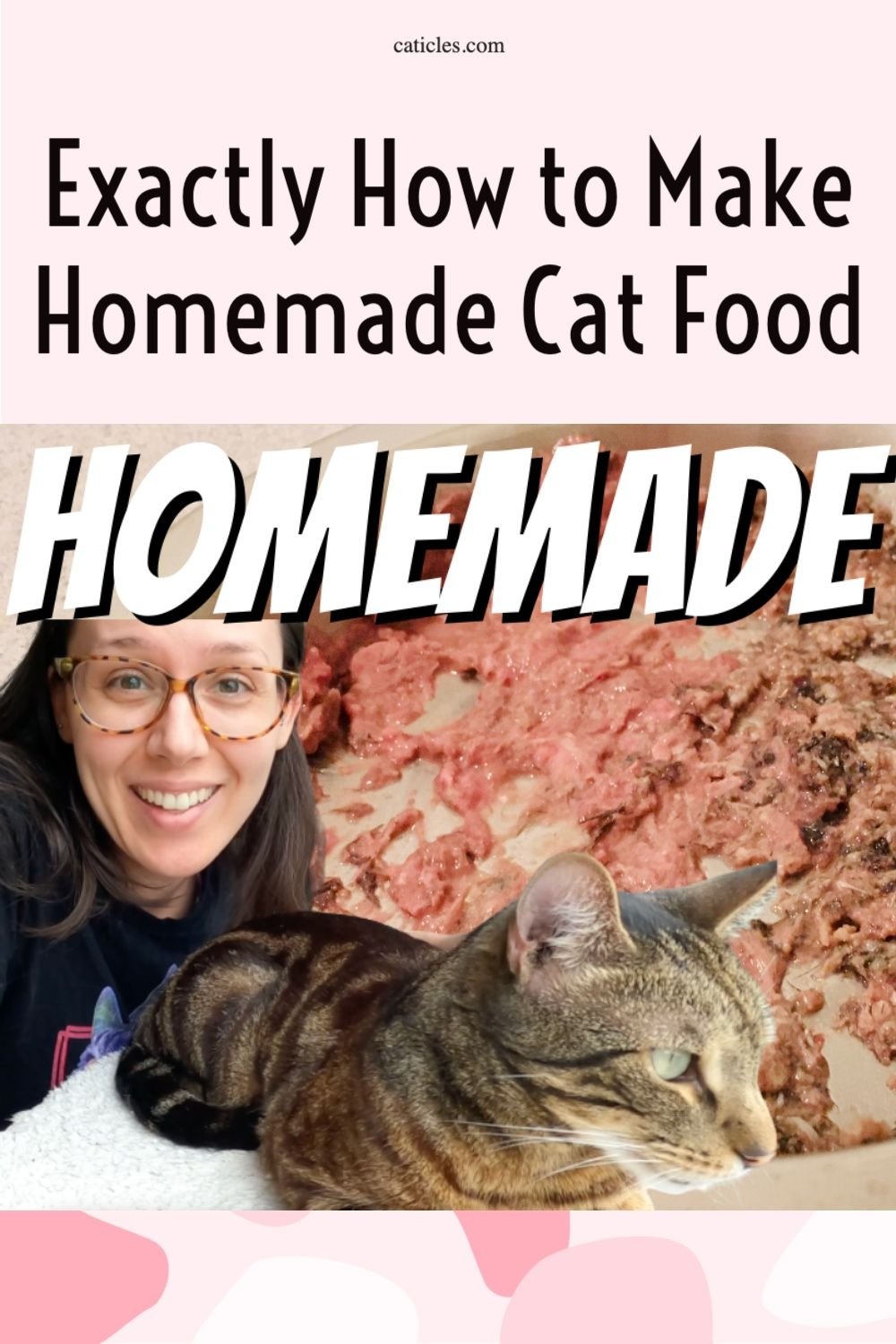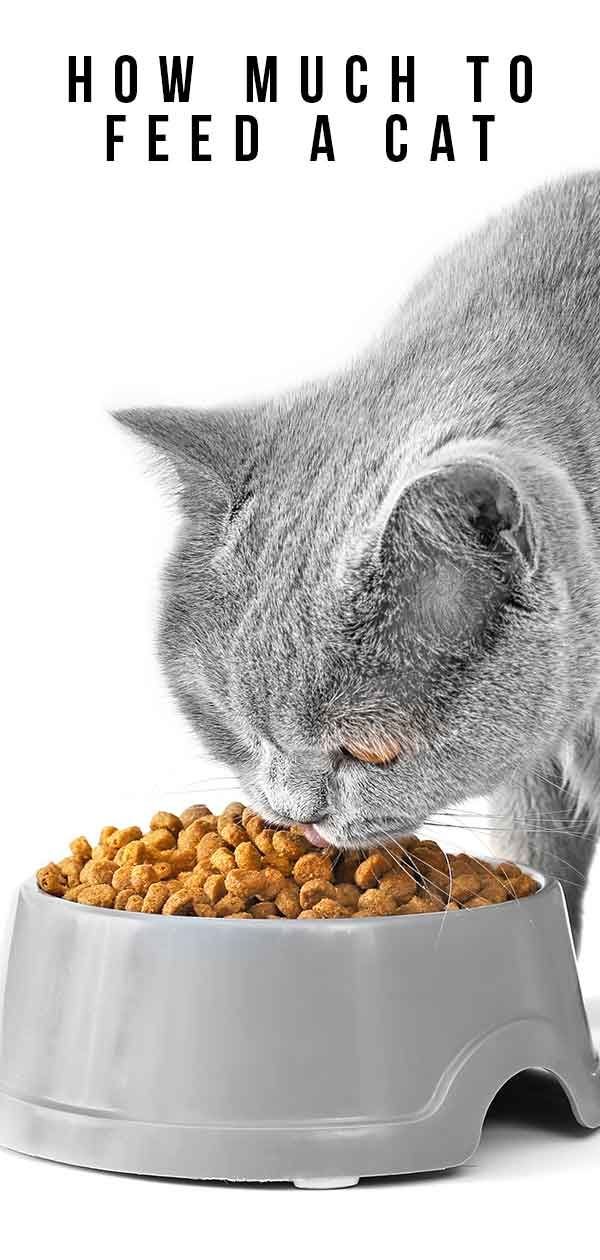Adaptable 1 Cat Feeding Schedule
Views: 11Cats, notorious for their independence, often thrive on routines. However, sticking rigidly to a fixed feeding schedule might not always align with your feline friend’s preferences and needs. In this guide, we’ll delve into the concept of an adaptable feeding schedule, exploring how it can benefit your cat’s well-being while accommodating their unique quirks. … Read more




